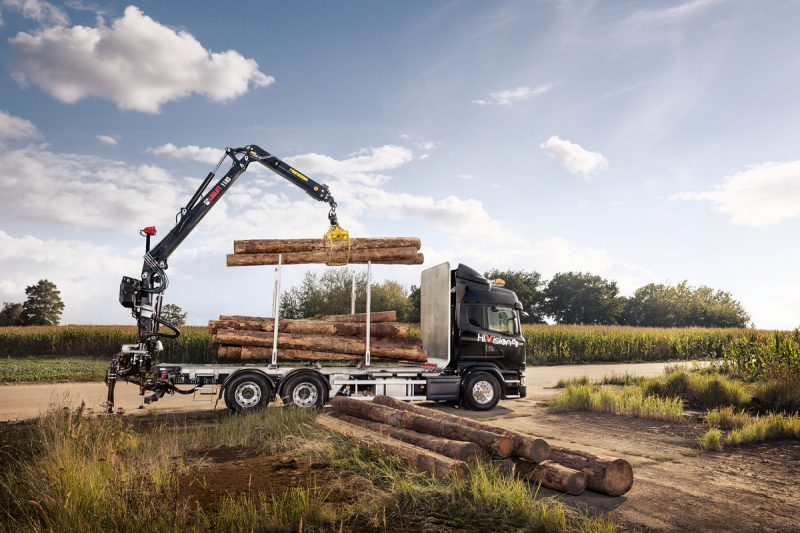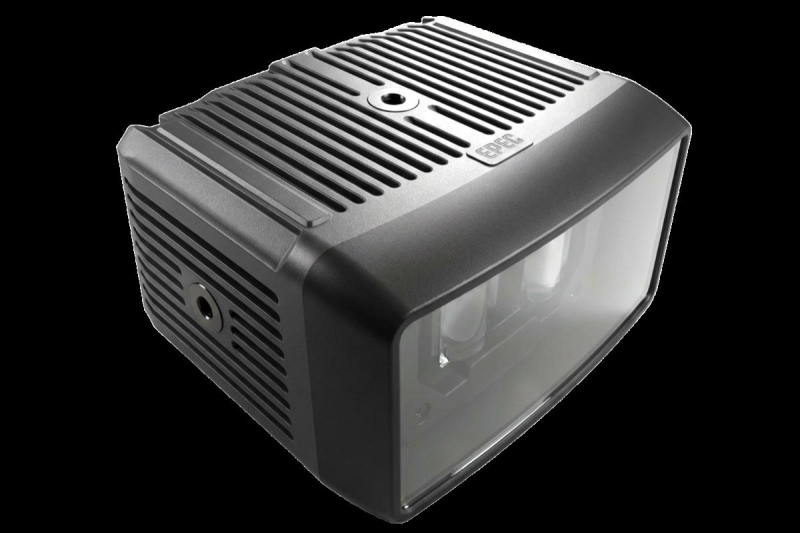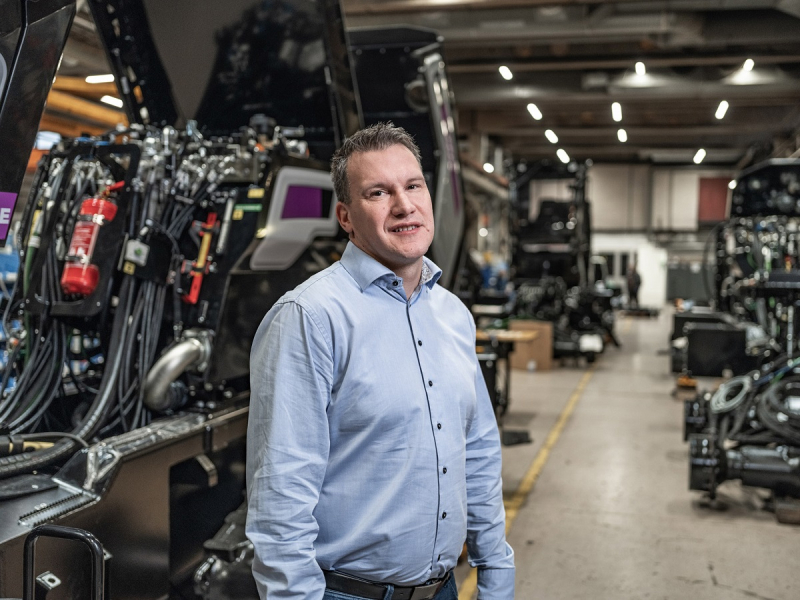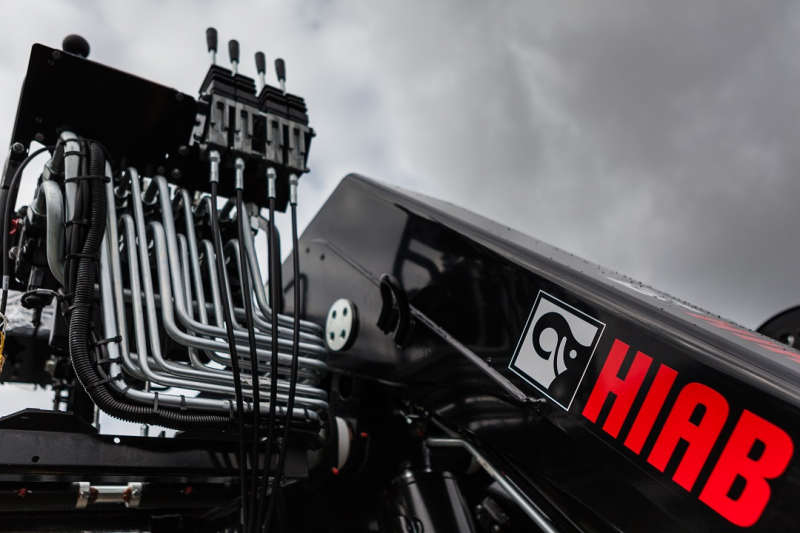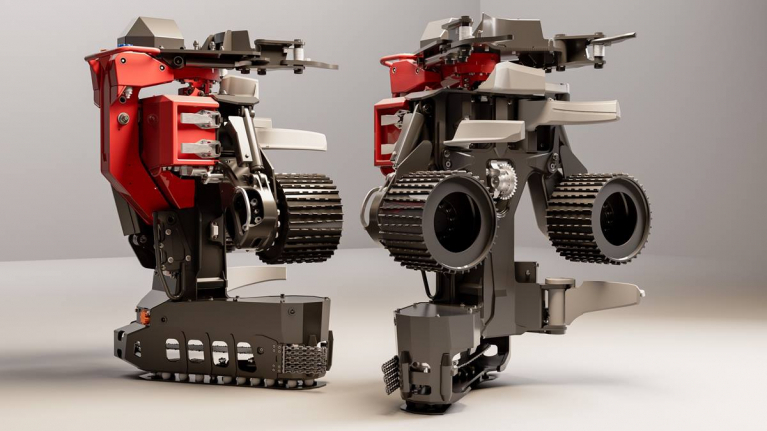Transporting wood during eight decades
Mikko Flyktman, who was born in 1939 and lives close to the village of Uurainen, Central Finland, has quite the career in professional trucking. He has transported wood during eight decades and is still going strong. “I went to pick up my first load with my father and brother in 1951. A few years later, I was happy to become a driver's mate. Ever since I was a little boy, it was as clear as daylight that my path would go from being a driver’s mate to becoming a truck driver,” Flyktman says.

In the 1950s, the Flyktman family transported other materials along with wood. Sand and gravel were shovelled onto their trucks. The work made the young boy’s body and muscles grow strong. But driving trucks has not always been a piece of cake for Mikko Flyktman.
A close call
In the Autumn of 1958, Flyktman was transporting gravel on a three-year-old large Dodge. All of a sudden and at full speed, the truck’s front main leaf spring broke in two. Having no support leaf spring, the truck’s axle broke, and the ability to steer was lost. The truck rolled over many times. After the first roll, the truck’s cab caved in, and its doors were ripped off. Thanks to his strong arms and the Dodge’s springy steering wheel, Flyktman was able to keep his hands on the wheel, and he stayed inside the cab. This most likely saved his life. There was not much left of the truck; only a bent grill is left hanging on Flyktman’s garage wall to remind him of the accident.
- When I crawled out of the wreck, I was astonished to see the axle that had been ripped off around twenty metres away. I started to look for my beret and found it squashed between the metal panels of the truck’s cab. All I had in mind was that there must have been guardian angels with me. I was extremely lucky, Flyktman says seriously.

Peeled billets to Kaipola
One trip to Kaipola paper mill has stuck in Flyktman’s mind. Three Volvo Viking’s from Uurainen transported loads of billets to Kaipola paper mill in October 1961.
Kaipola is a UPM-owned paper mill located in Jämsä, Central Finland. Kaipola was established in 1952 and nowadays produces 720,000 tonnes of graphic paper annually. The mill employs approximately 500 people, and the closing of its three paper machines will affect the positions of 448 people.
- We sent a test batch of wood there. What was quite interesting is that they took in three loads of two-metre hand-peeled and half-dry wood from Uurainen. The Volvo’s were new, two of them red and one grey. We did not take much wood to Kaipola, because our client was mainly Metsäliitto (nowadays Metsä Group), Flyktman tells.
To take a trip down memory lane and as a tribute to the soon-to-be-closed Kaipola paper mill, Flyktman transported a load to Kaipola again. This time his vehicle was a six-wheeler Scania R 580, which has done over 1.8 million kilometres. According to Flyktman, the company’s vehicle, which was pre-owned, is starting to be slightly worn in some places.

A career change was close
Little by little in the 1960s, peeled wood was left out of the wood industry. This almost meant a change of career for Flyktman. Unpeeled billets froze together into one huge lump. Whilst using an axe and a crowbar to help saw the billets apart and pushing them onboard the load, a change of career crept into his mind.
- Around 1962–1963 I told my father that I had had enough with icy billets. But Hiab showed up around those times to demonstrate their hydraulic lumber crane. We bought the crane and put it onto a four-wheel-drive Mercedes.
- It felt so incredibly good when I saw the crane lifting icy wood several at a time onto the load. Well, I thankfully did not change my career and have gone on from that moment to work in the forest industry for 57 years. And the work continues, Mikko Flyktman says with satisfaction.
New things must be tested
When transporting logs, the crane used was either a Record or the more popular Joutsalainen, but billets were loaded by hand. Flyktman said that he had tried to load long billets in bundles with a Joutsalainen, but it was extremely clumsy. Working with a wire crane was a real team effort.
Flyktman has tried several different trucks. Bedford, Magirus, Volvo, Mercedes, Sisu, Man and Scania. When ten-wheelers came to the market, Volvo and Scania grabbed the market share from Sisu and Mercedes. The agile and durable Swedish trucks were to the truckers’ liking. In strictly business activity, you should not lean onto a certain brand; you must take the best and most cost-effective truck for the job.
- For example, I chose the 1964 ten-wheeler Volvo 495 Titan because it carried big loads without a trailer. The 1974 Volvo 89 was a powerful car, but it smoked a lot whilst loading. Mercedes’ smoked the least, and it was one major reason for my choice of truck back then, Flyktman justifies.

Ups and downs
Flyktman recalls how the economy was doing nicely in the 1980s, but that is when it got out of hand. Days off and bonuses were given on top of hefty pay rises. The price competitiveness of our industry began to weaken. It is partly because of the decisions made in those years we now see the Kaipola paper mill being shut down, after many other paper and pulp mills.
Those in power do not know how to look at the whole and certainly not the future. Local contracting is everyday life for entrepreneurs, and they are forced to deal with how it would be wisest to deal with the livelihood and welfare of our own workers during factory shutdowns and strikes.
- I think the exit of the forestry industry from the prevailing negotiating system is a step in the right direction. Hopefully, other employers would take note, and our country would start living more on the terms of real life, Flyktman ponders.
Change is permanent
Our country needs a healthy change in the labour market. Hopefully, strikes will be reduced, as industrial entrepreneurs and truckers will always be the surrogate sufferers of those who get the hardest hit.
- There was a tough strike in 2005, and the strike and lockout lasted six weeks. Naturally, our jobs stopped straight away, and we had a new car idle. There would have been jobs in Sweden, but I trusted the strike would end in just over a week. I was wrong, Flyktman laughs.
He recounts, with sadness, the disastrous recession in the turn of the 1980s and 1990s. That is when a lot of good and well-led companies fell. Currency loans were keenly foisted, and too many people fell into that trap.
When going bankrupt, a trucker ends up in a really tough situation. Traffic licenses are destroyed, all rights are broken off, and the entrepreneur becomes an outcast. The bankrupt trucker, according to Flyktman, is still unprotected to this day in the event of bankruptcy. Being diligent and working hardly ever helps. A one-truck entrepreneur can be saved through self-building, but an entrepreneur with more trucks is more vulnerable.
- I also resisted the currency loan that had been foisted on me back then, but I then agreed to take it. It was a tough beating. I made many payments on my loan, but the debt did not reduce. It grew, and the interest rate was at almost 20%, Flyktman reports.

Hard work pays off
Loose and easy days are, by Flyktman's judgement, pointless to wait for. The tough and fierce competition persists, and you cannot predict the future. With decent health and good maths skills, you should be fine in the future. But maths skills will not help if you run out of jobs.
The family company Mikko Flyktman Oy has five of the children of Riitta and Mikko Flyktman and two of the grandchildren involved. In total, the company brings in the bread to just over ten professionals.
- It is not very easy to be an entrepreneur, but the company luckily brings in the bread to several households, so I do not want to stop. I have to admit that I have not forced my children into the industry. I even tried to recommend other professions to my daughters, Flyktman confesses.
When he turned 70, the law was about to stop Flyktman's trucking. He asked Trafi, or whatever the name of the Finnish transport agency was then, about the possibility of a continuation on his drivers’ licence. They promised a few days, but one doesn’t do anything with that kind of extension. But for once, the EU was helpful. Based on the interpretation of an EU law, a doctor's statement is enough for a driver’s licences’ extension, two years at a time.
- I have had to apply for a statement from a geriatric doctor in Helsinki and Tampere five times so that my truck card has remained valid. When I turned 80, I needed the two-year extension statement from a specialist doctor. When I look back and remember the fact that, at the beginning of my career, I received a professional card two years early, I can say that I have at least tried to extend my working career according to the current recommendations, Flyktman says in good humour.

